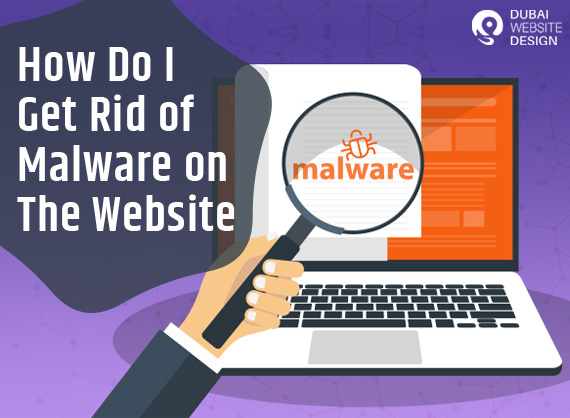Get Rid of Malware – Malware continues to be a persistent tool in a hacker’s armoury as cybercrime expands and changes. Malicious software’s design, sometimes known as malware, damages a computer or website. Website viruses can hack websites, steal confidential client data, or even take over the website itself. Malware victims frequently do not become aware of their vulnerability until it is too late.
Every day, millions of new malware threats can arise that malware removal services can help to identify. It is essential to take matters into your own hands and be proactive about website security concerns if you want to keep your website safe. Learn how to look for malware indicators manually. You can use a free website malware scanner to identify and automatically eliminate malicious content. It is the best technique to safeguard your website against malware.
What Is a Malware?
Malware refers to the code or software users create to cause disruptions or damage to others. This malware attack is when someone attempts to access a target’s device, network, or other resources without authorisation. Malware infections can function silently in the background. Many complex cyber-attacks employ more than one malware, and several virus types frequently overlap.
Common Signs of Malware
You or your visitors might not instantly recognise the symptoms of malware. For instance, many website owners might believe that the only method to detect malware is through website vandalism. This attack modifies the visual look of a WordPress development website or web page. Malware’s stealth and concealment abilities are what make it so potent.
Your website could still contain malware, and these could be the possible signs:
- Your website stops or crashes;
- Your login information got altered without your permission;
- Your website files got changed or removed;
- You’ve noticed a change in the search engine results, such as a blacklisting status or a warning about hazardous material.
- You noticed a sudden dip or rise in traffic.
Don’t let costly cyberattack cause damage to your company. Be proactive in your online security efforts to fend off security attacks and safeguard your and your client’s personal information. To assist you in safeguarding your website against malware and other online dangers, here are a few tips:
Scan Your Site Regularly
The first piece of advice is to check your website for viruses routinely. You may examine your entire site for vulnerabilities, viruses, altered files, and a tool blacklisted on your dashboard. Additionally, this function will highlight website issues and out-of-date software so you may take immediate action and correct them before hackers take advantage of them.
You should frequently check your computer and have the most current antivirus software installed in addition to scanning your WordPress development website. Keeping your PC secure if you unintentionally download an infected file guarantees that you won’t unintentionally distribute the virus to your website.
Web Application Firewalls
Removing current website threats is one thing; preventing their recurrence is another. Your company’s website may become infected by a new virus daily due to the millions of new malwares developed weekly.
Web application firewalls (WAF) can deter potential attackers from accessing your website. How do they function? Based on the traffic’s origin, behaviour, and information requests, it assesses the volume of traffic.
The firewall will let “legitimate” traffic through while blocking “malicious” traffic based on these and other factors. A WAF may work with a website scanning service to offer your company continuous, hands-free website protection.
Install Antivirus or Anti-Malware Software
Antivirus and anti-malware programmes help spot and guard against numerous common and uncommon malware-related threats on your endpoint devices or broader network. It’s simple to understand why such programmes are necessary, given their daily ability to identify new harmful files.
Various antivirus and anti-malware programmes provide differing degrees of security:
- Browser-Level Protection: Some browsers have built-in malware defences that can help shield you from such online dangers. Despite not scanning your computer for current threats, this helps stop malware from entering your device through the browser.
- User Device-Level Protection: This programme, which you download to your computer or mobile device, searches your device for any malware or viruses that may already be there. You will know if it finds any so you can decide whether to separate or delete them.
- Network-Level Protection: This network appliance protects your network from malware assaults and other dangers that enter through network traffic.
- Server-Level Protection: This programme is excellent for safeguarding your company’s servers from malware-related dangers like viruses.
Use Encryption to Secure Data in Transit
Cybercriminals take advantage of any chance to steal your data, including when it is transported. Hackers may intercept or utilise communication between a website and its server, email exchanges with other parties, and internal communications inside an organisation wrongly. The business must protect the data in transit from prying eyes.
Dubai Website Design is among the best web design companies offering various malware removal services, including resolving problems brought on by hackers and malware. Their professionals can resolve malware and hacker problems to keep your website safe.

